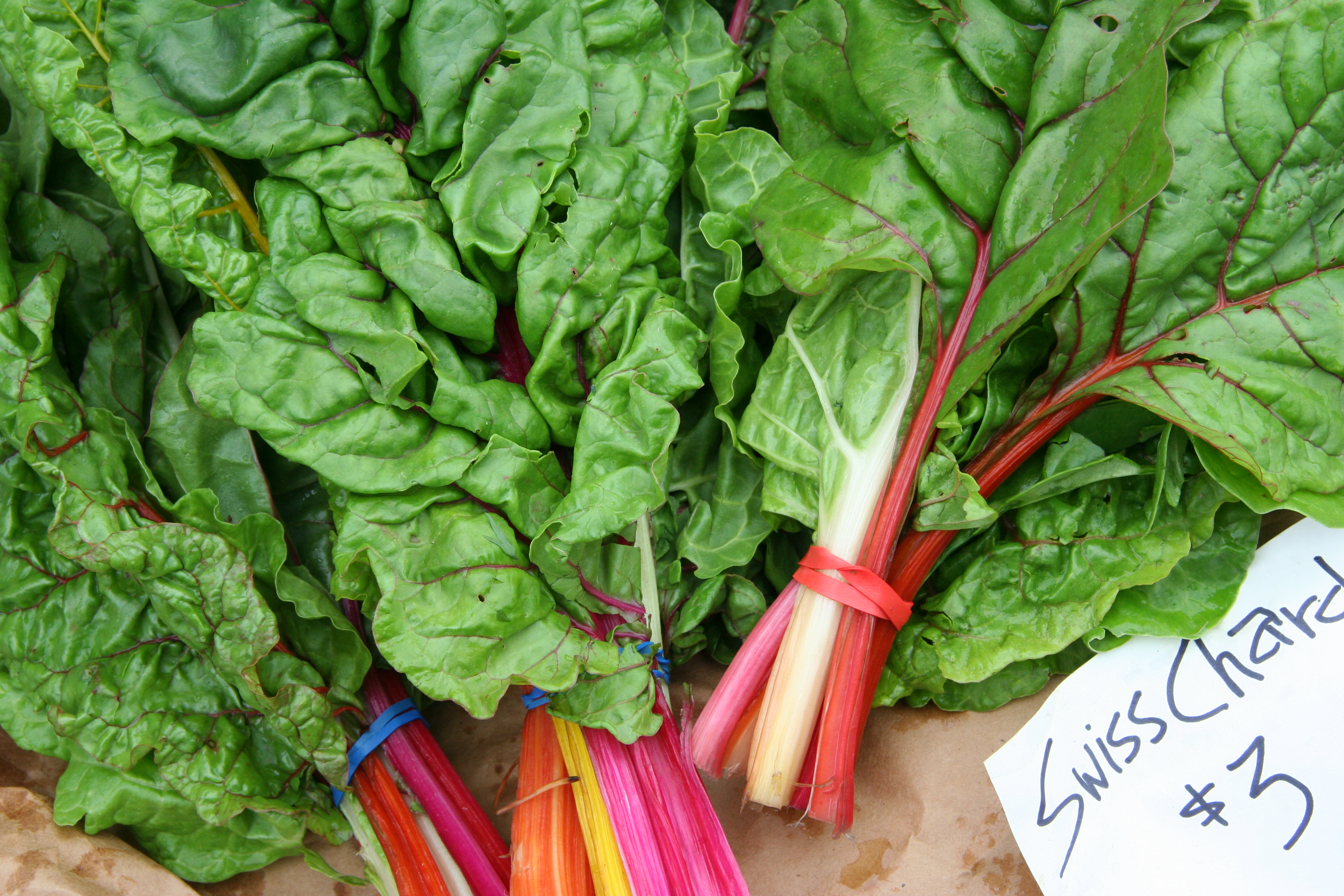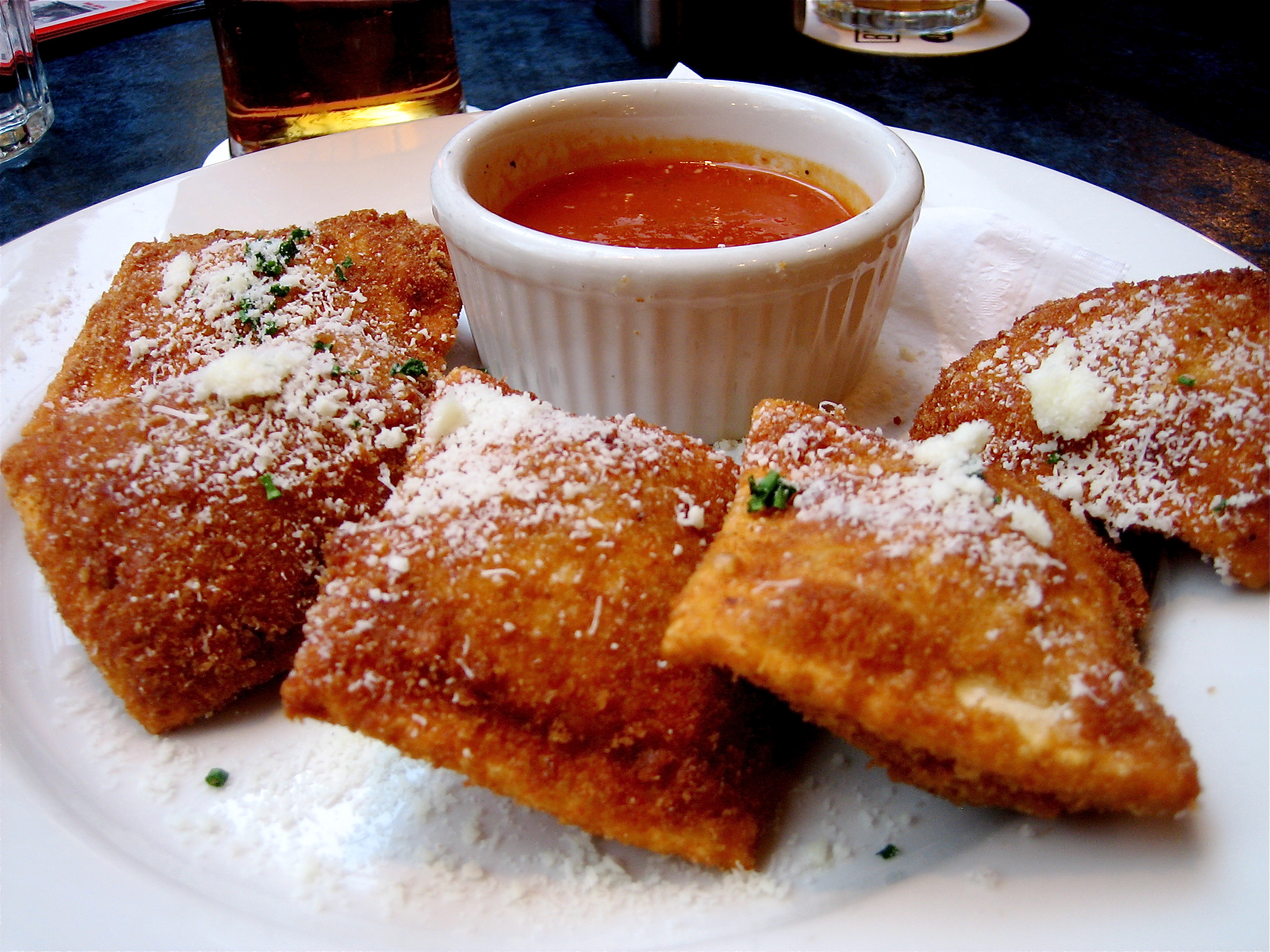|
Capuns
Capuns is a traditional food from the canton of Graubünden in Switzerland, predominantly made in the eastern part. They are made from Spätzle dough with pieces of dried meat, such as air-dried beef (Bündner Fleisch) and/or Salsiz, and rolled in a chard leaf. They are boiled in a gravy of bouillon, milk and water and served covered with grated cheese. File:Capuns (Nachbildung).jpg, A close-up view of capuns See also *Maluns, another typical dish of Graubünden *Cabbage rolls A cabbage roll is a dish consisting of cooked cabbage leaves wrapped around a variety of stuffing, fillings. It is common to the cuisines of Central Europe, Central, Northern Europe, Northern, Eastern Europe, Eastern and Southeastern Europe and ... References External links Capuns recipe Dumplings Meat dishes Swiss cuisine Culture of Graubünden {{switzerland-cuisine-stub ... [...More Info...] [...Related Items...] OR: [Wikipedia] [Google] [Baidu] |
Maluns
Maluns are a traditional dish of the Grisons. They are essentially made of boiled and grated potatoes mixed with flour. The mixture is then slowly fried in butter until it breaks into little balls or crumbs. The dish is typically served with a compote of apple, or other fruits depending on the season, and various local cheeses and meat specialities, such as Salsiz or Grisons Meat. They are also traditionally eaten along with milk coffee. Johann Gubert Rudolf von Salis planted the first corn and potatoes in the Grisons in the eighteenth century, at Marschlins Castle. It would appear that potatoes were first served there in 1758 at a dinner in the castle. The Romansh word "maluns" descends from the Latin micula/miculones: "little crumbs". Maluns are also known as Bündner Kartoffelribel in German. [...More Info...] [...Related Items...] OR: [Wikipedia] [Google] [Baidu] |
Traditional Food
Traditional foods are foods and dishes that are passed on through generations or which have been consumed for many generations. Traditional foods and dishes are traditional in nature, and may have a historic precedent in a national dish, regional cuisine or local cuisine. Traditional foods and beverages may be produced as homemade, by restaurants and small manufacturers, and by large food processing plant facilities. Some traditional foods have geographical indications and traditional specialties in the European Union designations per European Union schemes of geographical indications and traditional specialties: Protected designation of origin (PDO), Protected geographical indication (PGI) and Traditional specialties guaranteed (TSG). These standards serve to promote and protect names of quality agricultural products and foodstuffs. This article also includes information about traditional beverages. Difference between traditional and typical Although it is common for them ... [...More Info...] [...Related Items...] OR: [Wikipedia] [Google] [Baidu] |
Cabbage Rolls
A cabbage roll is a dish consisting of cooked cabbage leaves wrapped around a variety of fillings. It is common to the cuisines of Central, Northern, Eastern and Southeastern Europe and much of Western Asia, Northern China, as well as parts of North Africa. Meat fillings are traditional in Europe, and include beef, lamb, or pork seasoned with garlic, onion, and spices. Grains such as rice and barley, mushrooms, and vegetables are often included as well. Fermented cabbage leaves are used for wrapping, particularly in southeastern Europe. In Asia, seafoods, tofu, and shiitake mushrooms may also be used. Chinese cabbage is often used as a wrapping. Cabbage leaves are stuffed with the filling which are then baked, simmered, or steamed in a covered pot and generally eaten warm, often accompanied with a sauce. The sauce varies widely by cuisine. In Sweden and Finland, stuffed cabbage is served with lingonberry jam, which is both sweet and tart. In Eastern Europe, tomato-based s ... [...More Info...] [...Related Items...] OR: [Wikipedia] [Google] [Baidu] |
Swiss Cuisine
Swiss cuisine is influenced by Austrian cuisine, Austrian, French cuisine, French, German cuisine, German and Northern Italian cuisine, as well as by the history of Switzerland as a primarily agricultural country. As a result, many traditional Swiss dishes tend to be relatively plain and are made from basic ingredients, such as potatoes and List of Swiss cheeses, Swiss cheese. The great cultural diversity within Switzerland is also reflected in the great number of regional or local specialties. Well-known Swiss dishes include raclette and fondue (molten cheese eaten with bread or potatoes), rösti (fried grated potatoes), muesli (an oatmeal breakfast dish) and Zürcher Geschnetzeltes (veal and mushrooms on a cream sauce). Food and dishes There are many regional dishes in Switzerland. One example is Zürcher Geschnetzeltes, thin strips of veal with Edible mushroom, mushrooms in a cream sauce typically served with rösti. Italian cuisine is popular in contemporary Switzerland, p ... [...More Info...] [...Related Items...] OR: [Wikipedia] [Google] [Baidu] |
Switzerland
). Swiss law does not designate a ''capital'' as such, but the federal parliament and government are installed in Bern, while other federal institutions, such as the federal courts, are in other cities (Bellinzona, Lausanne, Luzern, Neuchâtel, St. Gallen a.o.). , coordinates = , largest_city = Zürich , official_languages = , englishmotto = "One for all, all for one" , religion_year = 2020 , religion_ref = , religion = , demonym = , german: Schweizer/Schweizerin, french: Suisse/Suissesse, it, svizzero/svizzera or , rm, Svizzer/Svizra , government_type = Federalism, Federal assembly-independent Directorial system, directorial republic with elements of a direct democracy , leader_title1 = Federal Council (Switzerland), Federal Council , leader_name1 = , leader_title2 = , leader_name2 = Walter Thurnherr , legislature = Fe ... [...More Info...] [...Related Items...] OR: [Wikipedia] [Google] [Baidu] |
Dumpling
Dumpling is a broad class of dishes that consist of pieces of dough (made from a variety of starch sources), oftentimes wrapped around a filling. The dough can be based on bread, flour, buckwheat or potatoes, and may be filled with meat, fish, tofu, cheese, vegetables, fruits or sweets. Dumplings may be prepared using a variety of methods, including baking, boiling, frying, simmering or steaming and are found in many world cuisines. In the United States in May 2015 National Day Calendar listed National Dumpling Day as held on September 26, annually. African Banku and kenkey are defined as dumplings in that they are starchy balls of dough that are steamed. They are formed from fermented cornmeal. Banku is boiled and requires continuous kneading, while kenkey is partly boiled then finished by steaming in corn or banana leaves. Tihlo—prepared from roasted barley flour—originated in the Tigray region of Ethiopia and is now very popular in Amhara as well and spreading ... [...More Info...] [...Related Items...] OR: [Wikipedia] [Google] [Baidu] |
Spätzle
Spätzle (or spaetzle; ) is a type of pasta or dumpling made with eggs, typically serving as a side for meat dishes with gravy. Commonly associated with Swabia, it is also found in the cuisines of southern Germany and Austria, Switzerland, Hungary, Vojvodina, Slovenia, Alsace, Moselle and South Tyrol. Etymology Spätzle is the Swabian diminutive of ''Spatz'', thus literally "little sparrow". They are also known as Knöpfle (diminutive of button), also Spätzli or Chnöpfli in Switzerland or Hungarian Nokedli, Csipetke, Galuska or Slovak Halušky or Slovenian Vaseršpacli or vodni žličniki. Before the use of mechanical devices, the pasta was shaped by hand or with a spoon, and the results resembled ''Spatzen'' (plural of ''Spatz'', meaning sparrows, sparrow is ''Spatz'' or ''Sperling'' in German; ''Spätzle'' is the diminutive of ''Spatz'', unchanged in plural). ''Knöpfle'' means "small buttons" and describes the compact, round form of the pasta. In everyday language u ... [...More Info...] [...Related Items...] OR: [Wikipedia] [Google] [Baidu] |
Chard
Chard or Swiss chard (; ''Beta vulgaris'' subsp. ''vulgaris'', Cicla Group and Flavescens Group) is a green leafy vegetable. In the cultivars of the Flavescens Group, the leaf stalks are large and often prepared separately from the leaf blade; the Cicla Group is the leafy spinach beet. The leaf blade can be green or reddish; the leaf stalks are usually white or a colorful yellow or red. Chard, like other green leafy vegetables, has highly nutritious leaves, making it a popular component of healthy diets. Chard has been used in cooking for centuries, but because it is the same species as beetroot, the common names that cooks and cultures have used for chard may be confusing; it has many common names, such as silver beet, perpetual spinach, beet spinach, seakale beet, or leaf beet. Classification Chard was first described in 1753 by Carl Linnaeus as ''Beta vulgaris'' var. ''cicla''. [...More Info...] [...Related Items...] OR: [Wikipedia] [Google] [Baidu] |
Bouillon (broth)
Bouillon can refer to: Food * Bouillon (broth), a simple broth ** Court-bouillon, a quick broth * Bouillon (soup), a Haitian soup * Bouillon (restaurant), a traditional type of French restaurant **Bouillon Chartier, a bouillon restaurant founded in 1896 * Bouillon (grape), another name for the French wine grape Folle Blanche * Bouillon cube, used in cooking, especially in soups People * Cardinal de Bouillon, French prelate and diplomat born Emmanuel Théodose de La Tour d'Auvergne (1643–1715) * Christophe Bouillon (born 1969), member of the National Assembly of France * Duchess of Bouillon, a French title since the 10th century * Francis Bouillon, a defenseman for the Montreal Canadiens hockey team * Godfrey de Bouillon, a Lord of Bouillon and a leader of the First Crusade * Jean Bouillon (1926–2009), Belgian marine biologist * Jean-Claude Bouillon (1941–2017), French actor * Klaus Bouillon (born 1947), German politician * Lords of Bouillon, French titles during the Middle ... [...More Info...] [...Related Items...] OR: [Wikipedia] [Google] [Baidu] |
Lonely Planet
Lonely Planet is a travel guide book publisher. Founded in Australia in 1973, the company has printed over 150 million books. History Early years Lonely Planet was founded by married couple Maureen and Tony Wheeler. In 1972, they embarked on an overland trip through Europe and Asia to Australia, following the route of the Oxford and Cambridge Far Eastern Expedition. The company name originates from the misheard "lovely planet" in a song written by Matthew Moore. Lonely Planet's first book, ''Across Asia on the Cheap'', had 94 pages; it was written by the couple in their home. The original 1973 print run consisted of stapled booklets with pale blue cardboard covers. Tony returned to Asia to write ''Across Asia on the Cheap: A Complete Guide to Making the Overland Trip'', published in 1975. Expansion The Lonely Planet guide book series initially expanded to cover other countries in Asia, with the India guide book in 1981, and expanded to rest of the world later on. G ... [...More Info...] [...Related Items...] OR: [Wikipedia] [Google] [Baidu] |
Dumplings
Dumpling is a broad class of dishes that consist of pieces of dough (made from a variety of starch sources), oftentimes wrapped around a filling. The dough can be based on bread, flour, buckwheat or potatoes, and may be filled with meat, fish, tofu, cheese, vegetables, fruits or sweets. Dumplings may be prepared using a variety of methods, including baking, boiling, frying, simmering or steaming and are found in many world cuisines. In the United States in May 2015 National Day Calendar listed National Dumpling Day as held on September 26, annually. African Banku and kenkey are defined as dumplings in that they are starchy balls of dough that are steamed. They are formed from fermented cornmeal. Banku is boiled and requires continuous kneading, while kenkey is partly boiled then finished by steaming in corn or banana leaves. Tihlo—prepared from roasted barley flour—originated in the Tigray region of Ethiopia and is now very popular in Amhara as well and spread ... [...More Info...] [...Related Items...] OR: [Wikipedia] [Google] [Baidu] |






